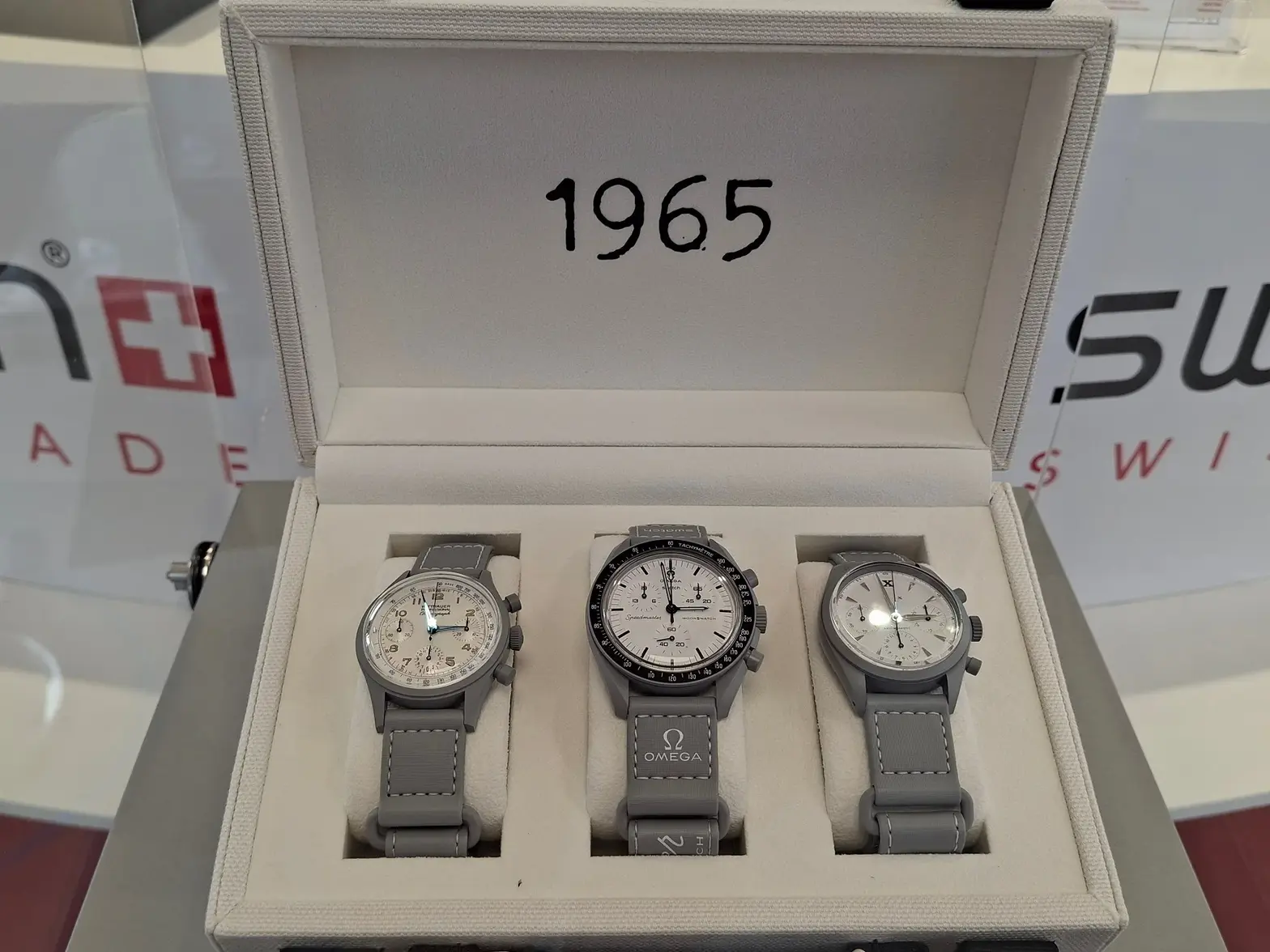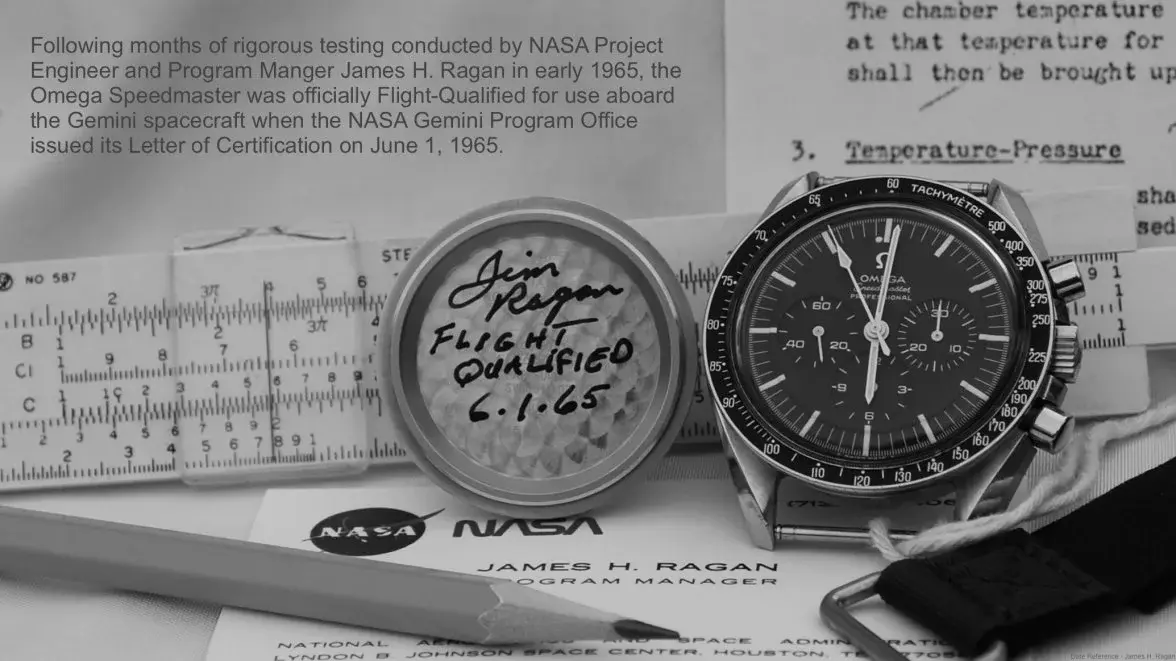Already three years before NASA-qualification, three test pilots of the "Mercury 7" had bought an Omega Speedmaster CK2998, because they were “gearheads” fans of fast cars, so Slayton, Schirra and Cooper bought an Omega Speedmaster chronograph. However, NASA didn’t allow the astronauts on active flight status to take part in races, so they could only drive on the Indy 500 Speedway during pre-race ceremonies, greeting the crowds from the back of a convertible. Of the “Mercury 7”, only John Glenn didn’t drive a muscle sports car.
In fact, Donald Slayton was the first to buy an Omega Speedmaster as NASA photos show Slayton wearing a CK2998 in March 1962 while the first photos of Schirra wearing a CK2998 are dated late April 1962.
In September 1959, NASA had issued the seven astronauts with a 24 hours dial/movement LeCoultre “Mercury 7” watch but they deemed the 33mm watch was too small and only wore it during training and on official PR events. When Mercury simulator training started, engineers hung a stopwatch in the sim, hence John Glenn’s choice for a Heuer Long Range stopwatch to be worn during his “Friendship 7” flight in February 1962.
For practical reasons, the astronauts needed a chronograph wrist watch and in May 1962 Scott Carpenter received his bespoke Breitling Navitimer chronograph just in time for his “Aurora 7” mission. In this way Carpenter became the very first astronaut to wear a (Swiss-made) wrist watch in space.
In October 1962, Walter Schirra wore his 1961 Speedmaster CK2998-4 during the "Sigma 7" mission. By November 1962, during his official MA-9 flight announcement Gordon Cooper was also spotted wearing an Omega Speedmaster CK2998, which he wore together with a battery-powered tuning fork movement Accutron Astronaut GMT pilot watch on “Faith 7” in May 1963 !


